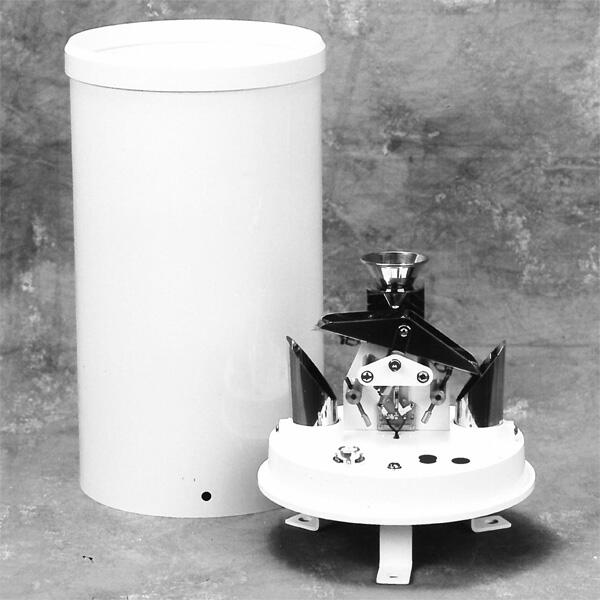
# Rain Gauge Description: Types, Functions, and Applications
A rain gauge is an essential meteorological instrument used to measure the amount of precipitation over a specific period. It plays a crucial role in weather monitoring, agriculture, hydrology, and climate studies. This article explores the types, functions, and applications of rain gauges.
## Types of Rain Gauges
Rain gauges come in various designs, each suited for specific purposes. Below are the most common types:
### 1. Standard Rain Gauge
The standard rain gauge, also known as the manual rain gauge, consists of a cylindrical container with a funnel at the top. It collects rainwater, which is then measured using a graduated cylinder. This type is widely used due to its simplicity and accuracy.
### 2. Tipping Bucket Rain Gauge
The tipping bucket rain gauge uses a small bucket mechanism that tips when a specific amount of rainwater is collected. Each tip corresponds to a fixed volume of precipitation, which is recorded electronically. This type is ideal for automated weather stations.
### 3. Weighing Rain Gauge
A weighing rain gauge measures precipitation by weighing the collected water. It is highly accurate and can record both liquid and solid precipitation, such as snow. This type is commonly used in research and advanced meteorological applications.
### 4. Optical Rain Gauge
Optical rain gauges use light beams to detect and measure rainfall. When raindrops pass through the beam, they scatter the light, and the intensity of scattering is used to calculate the rainfall rate. This type is often used in aviation and remote sensing.
## Functions of a Rain Gauge
Rain gauges serve several important functions in various fields:
### 1. Weather Monitoring
Rain gauges are fundamental tools for meteorologists to track and analyze precipitation patterns. This data is crucial for weather forecasting and understanding climate trends.
### 2. Agricultural Planning
Farmers rely on rain gauge data to make informed decisions about irrigation, planting, and harvesting. Accurate precipitation measurements help optimize water usage and improve crop yields.
### 3. Flood Prediction
Hydrologists use rain gauges to monitor rainfall in river basins and predict potential flooding. This information is vital for disaster preparedness and mitigation efforts.
### 4. Climate Research
Rain gauges provide long-term precipitation data, which is essential for studying climate change and its impacts on ecosystems and human activities.
## Applications of Rain Gauges
Rain gauges are used in a wide range of applications, including:
### 1. Meteorological Stations
Rain gauges are a standard component of weather stations, providing real-time precipitation data for local and global weather monitoring.
### 2. Agriculture
In agriculture, rain gauges help farmers manage water resources efficiently and plan agricultural activities based on rainfall patterns.
### 3. Urban Planning
Urban planners use rain gauge data to design drainage systems and manage stormwater runoff in cities, reducing the risk of flooding.
### 4. Environmental Monitoring
Rain gauges are used in environmental studies to assess the impact of precipitation on ecosystems, water quality, and soil erosion.
## Conclusion
Rain gauges are indispensable tools for measuring precipitation and understanding its effects on the environment and human activities. With various types available, each suited for specific needs, rain gauges play a vital role in weather monitoring, agriculture, hydrology, and climate research. By providing accurate and reliable data, they help us make informed decisions and adapt to changing environmental conditions.
Keyword: rain gauge description
